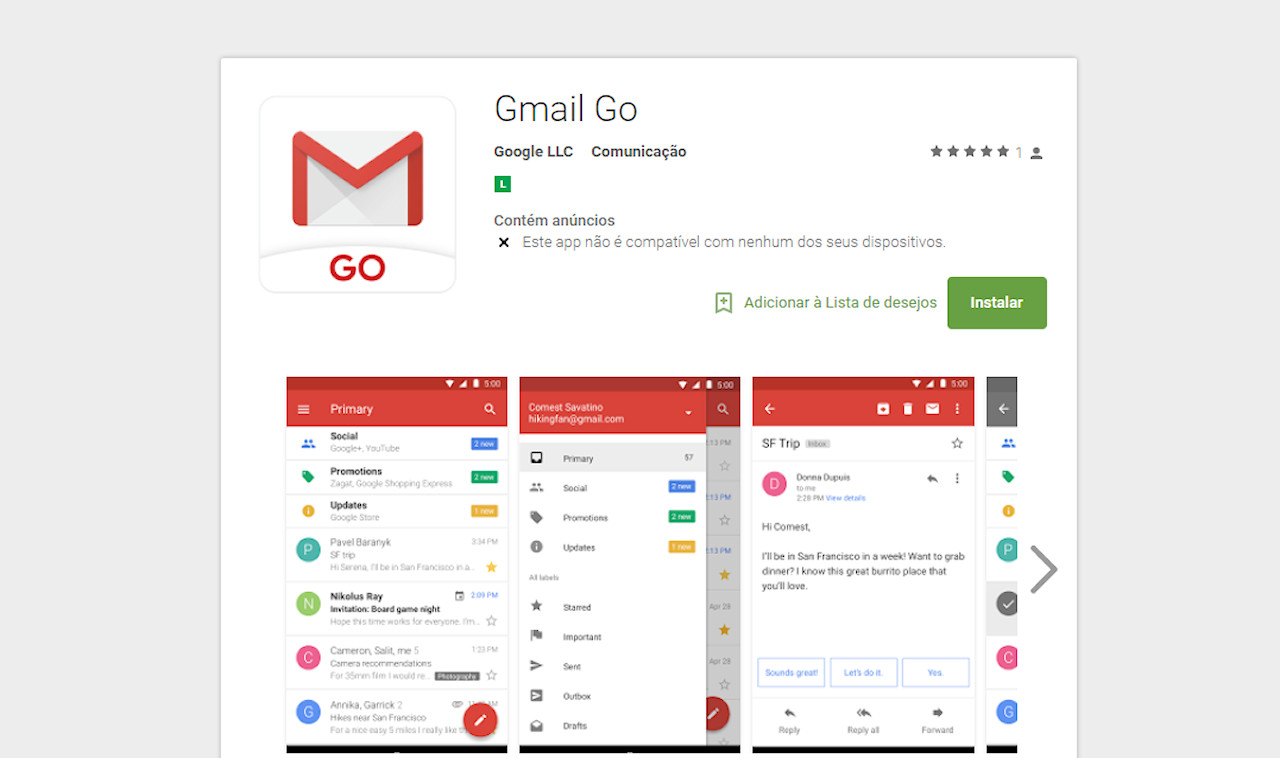
There were modifications in the message body during auto-forward.Į.g.So if your webmail hosting provider signs emails with smaller length DKIM key, the outcome is DKIM fail: the signature did not verify The length of the DKIM key, used for signing, is too short.This is quite a usual situation for poor hosting providers Sender’s domain DNS zone is unreachable for lookup.DKIM public key record, published in DNS, is incorrect or is not published at all.DKIM signature domain and sender (Header From) domain do not align.Here are possible reasons for a DKIM fail: When Can DKIM Fail the Check?ĭKIM check fails happens when the DKIM authentication checks fail. So, in both cases, SPF check fails, since the prerequisite of Header From domain alignment with smtp.mailfrom domain and its SPF record validation never happen. Other ESPs (e.g Gmail/G Suite, O365, Yahoo, Yandex Mail) rewrite smtp.mailfrom (return-path) address with their domain, so SPF authentication check results show domain misalignment but pass since in the rewritten smtp.mailfrom domain’s SPF record includes the forwarding server’s IP.Outlook/Hotmail, iCloud, MailRu) retain original smtp.mailfrom (return-path) address, so SPF authentication check results show domain alignment but fail since smtp.mailfrom domain’s SPF record does not cover forwarding server’s IP address. Auto-forwarding messages use 2 methods:.In the majority of cases, the DKIM signature (or the result of previous verification) is being retained during email auto-forward, which allows receiving server to make sure that received email is genuine (though there a few exceptions, which are mentioned in the next point), while SPF almost always breaks during email forwarding (with the most obvious exception when auto-forwarding takes between recipients within the same domain).What is the advantage of using DKIM over SPF? While DKIM allows receiving mail server to verify the authenticity of message content and its association with sending domain, through looking up the public DKIM string, associated with particular sending system, the SPF allows checking if received email indeed came from an authorized source (eventually from an IP address), defined by the sender via publishing authorized “sending sources” list in DNS. DKIM specifications are defined n the RFC 6376 .ĭKIM allows the recipient server to make sure (or to verify) that the received message was sent by the genuine sender of the associated domain and that content of the original message was not altered on its way. Usually, DKIM signatures are not visible to end-users, the infrastructure rather than the message’s authors and recipients verify and affix them. A valid signature also guarantees that some parts of the email (possibly including attachments) have not been modified since the signature was affixed. The recipient system can verify this by looking up the sender’s public key published in the DNS.

It achieves this by affixing a digital signature, linked to a domain name, to each outgoing email message. DomainKeys Identified Mail (DKIM) is an email authentication method designed to detect forged sender addresses in emails.ĭKIM allows the receiver to check that an email claimed to have come from a specific domain was indeed authorized by the owner of that domain.


 0 kommentar(er)
0 kommentar(er)
